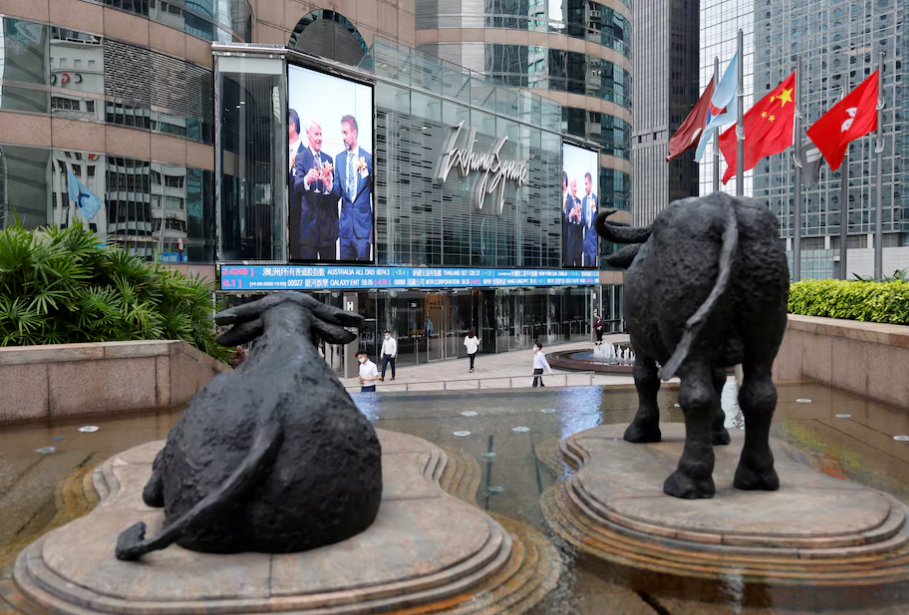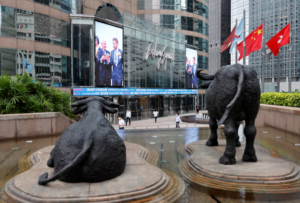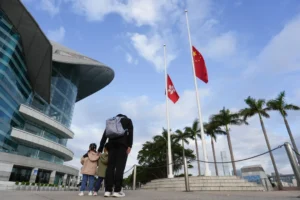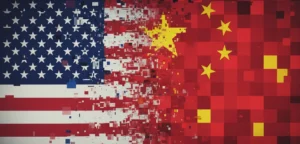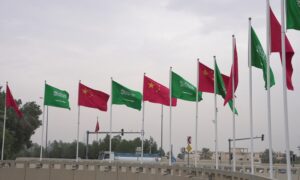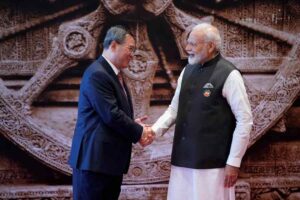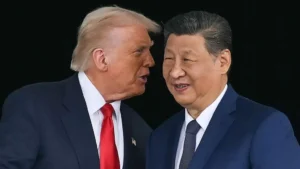The World fights back against China’s global onslaught of cheap imports
China’s problem of over-production has evolved into a global economic problem impacting economies of the West as well as the Global South. The notorious economic strategies of aggressive exports and predatory pricing are significantly hurting multitudes of industries, including pharmaceuticals, electronic vehicles, solar vehicles, paper, rubber, and even basic industries like steel and chemicals globally.
The main cause of Beijing’s aggressive export strategy is highly internal to its economy. Declining domestic demand due to the rising unemployment, over investment in the real estate sector, and over-produced and under-performing infrastructure are the main culprits for the current economic conditions. However, China has been finding ways to externalize its internal economic problem through dumping activities globally. Although Beijing has been notorious for dumping since the turn of the century, a phenomenon often called the “China Shock” in the 2000s when it inundated global markets with textiles and low-cost electronics, it is now being referred to as “China Shock 2.0” as it floods global markets with inexpensive high-tech products like solar panels and electric vehicles.
Consequently, there has been a rise of what seems to be the early phase of an evolving global collective action against the miscreants in the international free trade regime. The global response, whether through anti-dumping duties or complete bans, represents both an effective and symbolic resistance to Beijing’s excesses and unfair trade practices. Symbolically, it sends a message that no economy, no matter how big, should try to externalize its internal economic issues in a highly interconnected global economy.
Previously, India has taken stern measures by banning the dumping of cheap Chinese tyres. Recently, the Indian market has experienced a surge in cheap Chinese imports, raising concerns among Indian businesses and manufacturers. This calls for stricter actions by India to curb the trade excesses by Beijing. In July 2024, India imposed anti-dumping duties on the import of Chinese hydraulic rock breakers, electrolytic tin plates, and Telescopic Channel Drawer sliders. Again, in October 2024, India began a probe into the dumping of six Chinese products, including three types of chemicals, black toner powder cartridges, and rolled non-oriented electrical steel, as several companies filed applications for a probe into the dumping matter for respective products.
Similarly, the EU has also taken measures to ban Solar panels and EVs dumped by the Chinese into their markets. Interestingly, the Chinese export excesses are receiving severe backlash from the Global South as well. Apart from India, Thailand, Mexico, Brazil, and Chile have also imposed anti-dumping measures on China.
Another crucial measure to be taken by economies to resist Chinese ways is to develop internal capacity and reduce dependence on Beijing. For instance, India’s production-linked incentive scheme (PLIs) has aggressively grown since 2020 to collect over $17 billion in investments. The schemes have led to a significant increase in the manufacturing of electronics, pharmaceuticals, textiles, and white goods. India is treading towards building its own laptop manufacturing capacities to reduce their dependence on Chinese imports, after reducing its imports of mobile from China by boosting its production of major brands like Apple iPhones. Similarly, imports of leather, ceramic products, toys, and musical instruments from China have declined significantly over the decade. This is an important development to progressively reduce dependence on Beijing, protect and promote domestic MSMEs, and send a signal to national and international companies that India will not tolerate Beijing’s trade excesses.
The trade malpractices of China are not just a short-term solution to mitigate the issue of excess domestic production in its economy. Instead, these are often well-thought-out strategies leading to predatory behavior. Consider, for instance, the episode of China flooding the Indian market with a vital drug named Penicilin-G, which virtually eliminated the domestic manufacturing of medicine in India. Consequently, as India was decapitated to produce that drug, China notoriously increased its prices. This is a classic “beggar-thy-neighbor” economic strategy that China has executed on India. Now, learning from the lessons, India is investing through PLIs to revive the production of Penicilin-G. Such tactics of Beijing are reflective of predatory economic practices to target critical industries of its competitors and specifically target the sectors that threaten Chinese hegemony in a particular industry. This is also well reflected in its dumping of steel and EV products in Europe, which has led to severe hardships for the respective markets in the EU.
Given the rising concern about China among the economies of the West, India and other countries in the Global South have become an important destination for their China Plus One strategy. This strategy targets to diversify their supply chains by ensuring investment and production activities in nations other than China.
Given the stringent anti-dumping measures being taken by the Europe and the US against China, there is a looming fear that the Global South would become more vulnerable to Chinese dumping. As a result, many economies, including India, are closely monitoring their import basket to protect their domestic markets.
The era of free trade, which, as per the first lessons of International Economics, ensures more gainers than losers, is under severe threat. The theories often do not complicate themselves to include the malpractices and deviations from the rules of games by the players. China is a classic example of deviation from the rules of the games. Even the economies that are flag-bearers of free trade and benefitted from them, like Thailand, are being forced to take protectionist measures against China to safeguard their industries and employment. Similarly, India, projected to become one of the largest economies of the world in a few years, is leading the bandwagon against China and provide a valuable resistance to its trade malpractices. Free trade works well only when the players abide by the rules and are fair and just. If one deviates, it polarizes the losses to just one side and leads to inefficient and less-than-optimum outcomes. Remember, there is no free run without accidents.



